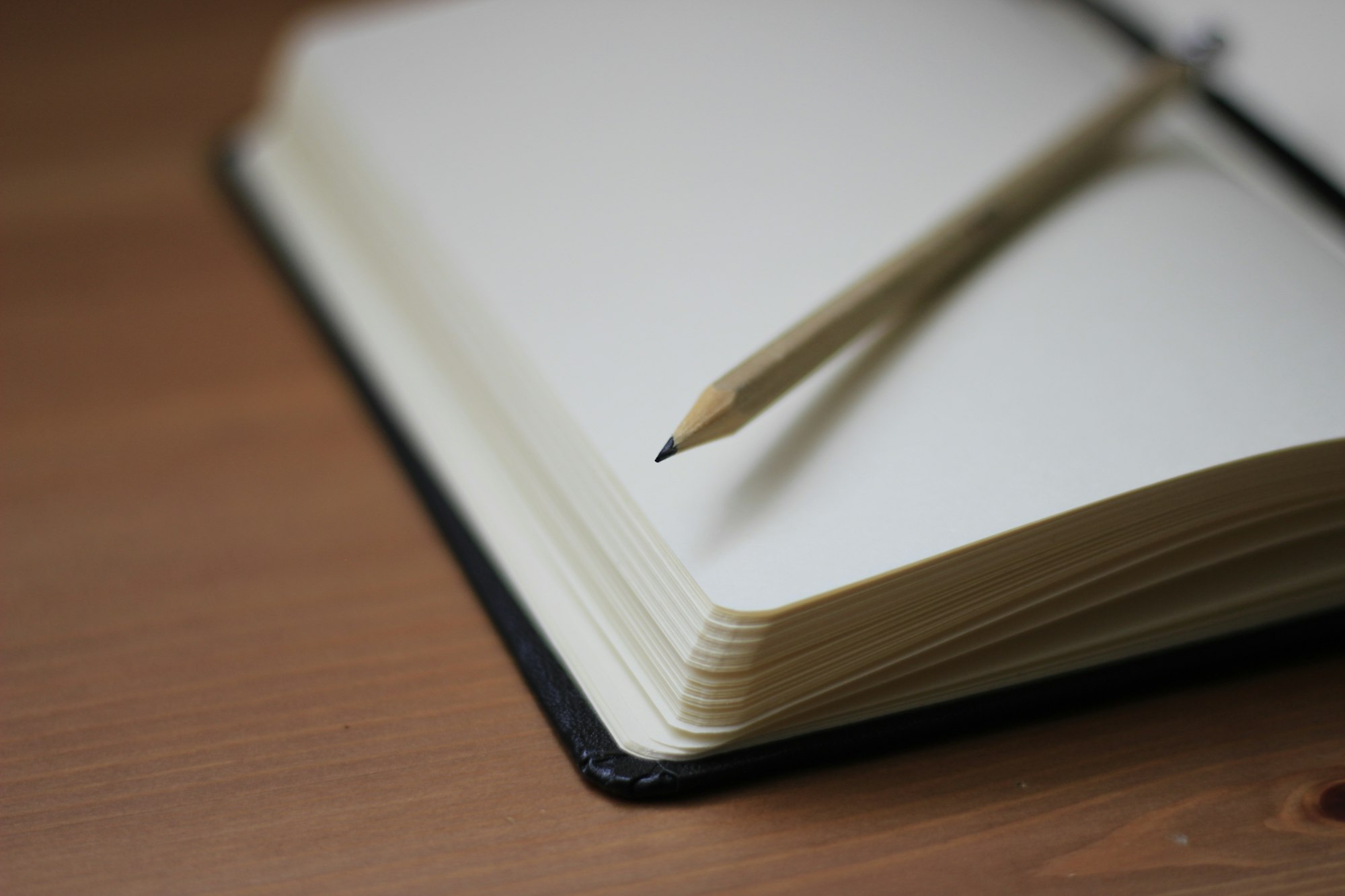How do I Read a Poem? (9 Tips)

Contrary to what you may think, this is not a blog on how one looks at letters and sounds out words. I’m hoping you already mastered these difficulties in your elementary days. What this blog aims to do is to answer the very real question concerning how we are meant to read and experience a poem. Many of us have been to a foreign country or restaurant and have been confused by the customs required to enjoy the food there. What sauces am I meant to dip this in? Why do I have to eat with sticks when I have all the qualifications to use a fork?
Think of poetry as a foreign land. It is mysterious in its pomp and honor, alluring to those that are adventurous. It is both foreign and familiar, distant and close. Its food is different from what we expect and we all have needed some assistance in understanding how to eat it. This blog aims to be something of a travel guide for you, presenting 9 tips for how you can increase your enjoyment of poetry.
1. Taste the Poem
(a.k.a. Read it out loud)
Following the analogy of comparing poetry to food, one must experience a poem with their tongue. Exercise your tongue by voicing the poem yourself, i.e. reading it out loud. Doing so helps you to experience the pacing, the melody, and the rhythm that the poet designed into the lines. You will experience pauses when the author intended them along with sequences of fast-paced progression, all of which is lost to the silent reader.
Reading a poem out loud is similar to wine tasting. Sip the poem and see how the words taste as you speak them. Do they tumble out of your mouth slowly or quickly? Did you stumble over a line or did it flow so sweetly that you almost missed it?
Reading aloud helps your mind to stay engaged with the poem. The long poem often becomes the boring poem. Avoid this by reenacting the words to yourself.
Many of us have looked at sheet music and wished that we had the ability to hear the music as we read it. Instead, what we have to do is to give it to someone skilled enough to read the notes and produce the sounds from them. In this way, poetry is advantageous because we all possess the ability to recreate the music on the page. Your mouth is the orchestra for poetry; use it!
This doesn’t mean that you have to read the poem at full volume in your grandest, most eloquent voice. Doing so may add to the growing concerns of those that you live with. Instead, you can simply voice it quietly, under your breath. Much of the rest of the tips in this blog are contingent upon this practice.
2. Listen to the Poem
Experience the poem with your ears. As you are reading the poem (out loud) let your ears lead you towards what to focus on. They will notice the music of the rhymes faster than your eyes will. Are there vowel sounds that are repeated regularly? What about consonants?
Have you ever thought about why we like it when a poem rhymes? (I am being loose with the word “rhyme,” referring to any time a sound in a word links to some sound in another word.) There is something deep within the human mind that loves this type of repetition, much the same way that certain musical techniques (key changes and so on) naturally grab our attention. The good poet will magnify this effect by pairing the conclusion of a thought with the climax of a rhyme, all to the delight of the reader.
In this vein, one of the most beautiful effects that a poem can produce is that of the surprise rhyme. The poet places a rhyme or a slant rhyme in a very subtle way that your ear latches onto. It sneaks past your eyes but is discovered by the ears. Consider these lines from a poem by Emily Dickinson:
The heart asks pleasure first, And then, excuse from pain; And then, those little anodynes That deaden suffering;
If we only looked at this stanza we would conclude that it is unrhymed. Yet, when we read it there is a slight (and ever so bewildering) rhyme when we read the word “suffering.” What is it rhyming with? Why do my ears hear something? I am still at some loss when considering it, but it must have to do with -ain and -ing being something like cousins in terms of sound. But even if you can’t figure out why it sounds the way it does, you still enjoy the rhyme, all thanks to your ears. So don’t just look for the rhymes, listen for them.
Here are some practical things to listen for when reading a poem:
- Assonance: the repeated use of the same (or similar) vowel sounds
- Alliteration: the repeated use of a single consonant sound
- The softness or hardness of the sounds used:
- n, s, l, etc. are softer and smoother to read (“loon”, “allure”, “forlorn”, “sullen”)
- k, t, d, etc. are harder and force you stop slightly (“break”, “thunderbolt”, “killed”)
Good riming is a series of infinitesimal pleasant surprises.
- Anne Hamilton, How to Revise Your Own Poems (1945), p. 20
3. Look at the Poem
Experience the poem with your eyes. Though it may be obvious, this involves simply noticing the visual presence of the poem on the page. How long is each line? What shape does the stanza have? Are some lines indented? All of these aspects contribute to your experience of the poem.
Perhaps you see that the stanza ends with a shortened line and this prepares you for an abrupt ending. Or you may see that the first and the last lines end with the same word, drawing your attention to the circularity of the poem. For these reasons I believe that the ultimate way to experience a poem is to read it out loud while looking at it. Hearing the poem read by someone else is close, but not perfect. If you are listening to someone else read the poem, try to have a copy of it in front of your eyes so that you can follow along.
Additionally, if you are reading poems on your phone, turn your phone sideways! Phones are so narrow that the lines are typically broken or wrapped onto the next line. This drastically ruins the visual aspect of the poem, making it difficult to know where the true line-ends are. To address this, I spent a fair bit of effort customizing the format of the poems in my blog so that they will never wrap. A horizontal scrollbar will appear instead. You can test out by reading the first stanza of Poe’s rather long-lined “The Raven”.
Once upon a midnight dreary, while I pondered, weak and weary, Over many a quaint and curious volume of forgotten lore— While I nodded, nearly napping, suddenly there came a tapping, As of some one gently rapping, rapping at my chamber door. “’Tis some visitor,” I muttered, “tapping at my chamber door— Only this and nothing more.”
I find myself getting irrationally upset when I find publishers of poetry allowing their poems to have line breaks, all for the sake of fitting their poem within their arbitrary page margins. Poets take great pains in ending their lines in particular places, on particular words. They decide which lines ought to be indented, often giving visual aid in identifying the rhymes. Because of this, I believe that protecting the integrity of the line as an uninterrupted, visual unit should be one of the highest priorities for a publisher of poetry.
4. Classify the Poem
The first three tips have been focused on experiencing the poem with your senses. This is, of course, how we first encounter any work of art: our physical bodies engaging with them. My next point, however, has more to do with engaging our minds with the formal structure of the poem.
In some ways classifying the structure of a poem may seem mechanical or mathematical. To many it will come across as too rigid for something meant to be light and beautiful, like dissecting a rose to discover its color. While it is true that a poem isn’t merely the structure that we find on the page (much like we are not merely physical bodies), it is also true that the poem’s spirit cannot exist without its body. Its spirit is expressed through its body. In this way, understanding the anatomy of the poem will lend us great insight into what the poem is saying, all in the way that its creator intended it. And, unlike the rose, we can dissect the poem without (thankfully) destroying it.
In formal poetry, the two main ingredients to a poem’s structure are its meter and its rhyme. Meter has to do with the regular ordering of syllables such that the stressed syllables occur at regular intervals. This is the beat of the poem. Rhyme has to do with the repetition of phonetic sounds in the words as they are spoken. This is the melody of the poem. The history of English poetry has offered us terms and definitions related to both of these aspects that we would do well to take advantage of. I've written a 2 part blog on just Meter alone, as a resource for those interesting in understanding more of the mechanics of poetry.

Additionally, here is a resource on rhyming which may also be helpful.
- Poetry 101: What Is a Rhyme Scheme? - MasterClass
5. Read past the lines that you don’t understand
I’ve talked much about the music of poetry thus far, but I have not addressed what most people are looking for when approaching a poem: the meaning. We read poems to hear what they have to say, to see something in a new way or to experience something through someone else’s mind. If a poem were just music, then we’d likely prefer actual music to it ten times out of ten. Poetry has a way of offering beautiful insight into a topic, framing old thoughts in new words such that we begin to think differently. This is the crowning beauty of poetry…
…which is why it is incredibly frustrating when a poem just doesn’t make sense. This is one of the main criticisms of poetry: it is too convoluted and unclear. To be sure, this is exacerbated by bad poetry that mistakes “confusing” for “deep” (a habit all writers grapple with) but even good and great poetry can be hard to follow at times.
This is why I think it’s okay to read past lines that you don’t understand. If you get tripped up and find yourself constantly starting and stopping, you’ll never survive the endeavor (not without annoyance). So just keep reading. I find that I am usually about half way through a poem before I actually understand the logistics of what is going on: the who, what, and where. “Ah, so he’s in a garden debating whether to marry Kathy the farm maid, or Dora from university.” At this discovery, each line makes much more sense as you march on to the end.
But even if you understand the plot of the poem, you may still find yourself lost by an evasive line. Don’t lose heart!. Focus on the things that you can do with the poem, like those presented in tips 1-4. Poems are written to be digested over a long period of time, perhaps a lifetime. Come back to the poem later and it may suddenly click for you.
This rule extends for vocabulary as well. I greatly dislike having to pull out my dictionary to discover what a word means while reading. You can usually guess at the word’s meaning by the context, but if not, I’d save the dictionary research until after the poem has been read at least once. This leads me to my next point.
6. Read it again
No poem should be read just once. Doing so is a disservice to both the author and to yourself. Would you judge a painting by a glance? Would you throw away a lollipop after the first lick?
At minimum, I believe that a poem should be read twice, once for the music and twice for the meaning. Poems are crafted and interwoven units, meaning that all of its parts exist simultaneously. The beginning cannot exist without the end, and the end is invented out of the beginning. Because of this, a poem will end in a way that brings clarity to the beginning, inviting you to start again at the top.
A good way to “grade” the entertainment you fill your life with is to consider how many times you could experience it before it becomes stale. Some music is exciting the first time you hear it, but quickly becomes predictable and uninteresting. Other music is the exact opposite, starting out bland and then growing in glory with each listen. Poetry (good poetry, that is) acts the same way. It is durable. The more you read a poem, the more you will understand it, and the more you will enjoy it. Don’t be discouraged if your first read of a poem isn’t all flowers and tears. Give it a few more tries and it may surprise you.
Luckily, this practice is made easier by the fact that most poems are short. For the longer poems this rule may be harder to maintain, but I still think it’s worth it. Even if the second read is simply a quick scan through all the stanzas to remind yourself of what was said, this is still better than closing the book after the last period.
7. Summarize the main idea of the Poem
After reading the poem a few times, you have hopefully equipped yourself with a general impression of what the poem has said. This “impression” may be fuzzy in some areas, but that’s okay. Now it is worthwhile to attempt to summarize the poem in a single sentence. You can work up to this by summarizing each stanza or even each line. But once you’ve done this, you can then look back through the particulars of each line and stanza and see if they support or detract from your understanding.
Putting a poem into your own words (whether you write them or just speak them) is extremely helpful for solidifying the poem in both your understanding and memory. After you leave the poem and go on with your life, the poem will still have its roots in you. You’ll find yourself more likely to hunt it down later and read it again, remembering the parts that you enjoyed and which ones you are still puzzled by.
Related to this, it is also a good idea to focus on the words and lines that were delightful to you. Circle these and describe to yourself why they resonated so well with you.
8. Memorize it
The ultimate way to digest a poem is to commit it to your memory. This essentially “downloads” the poem into your mind, opposed to hosting it temporarily by reading it off of a page. If you attempt this, you will find that there were many parts of the poem that you hadn’t considered, certain words or phrases that eluded your previous readings. You may find that certain sections of the poem are harder to remember than other ones; this indicates that you don’t fully understand those lines yet. Focus on them!
One of the major benefits of memorization is that you can then recall the poem in whatever scenario you are in. Whether in the car, on a walk, or at a party to impress your friends (unlikely), a memorized poem can serve you anywhere. I’ve found that, after memorizing the first few stanzas of Poe’s “The Raven,” that I unpacked more of its music as I recited it later. You’ll find yourself loving the poem more and more, treating it as a friend that you can talk to whenever a quiet moment appears.
9. Keep reading
Finally, it’s important to just keep reading poetry. The more you read, the more familiar you will become with the rules, conventions, and music employed by poets throughout the ages. In some ways, it can seem like a practice. But it is more than just work; it is the way to unpack more of the pleasures that live within poetry.
Of course, this entails reading good poetry. If you exclusively read Hallmark cards and thought that was as good as poetry could get, then I wouldn’t blame you for never picking up a poem again. Read the poems that are considered the greats, the ones that are almost always included in anthologies. (Also, buy a cheap anthology! Every home needs an anthology of poetry.) You may not know what makes a poem good or bad; let others direct you here until you’ve built up your own intuition and judgment.
It is here that I can make you something of a promise. The more you read poetry, the more you will enjoy it. It doesn’t matter who you are. There is no such thing as a person that is inescapably built to despise poetry. This is because we all think in words. In fact, we are something like words ourselves.


Discussion